Keep Your Crypto Safe: Best Practices
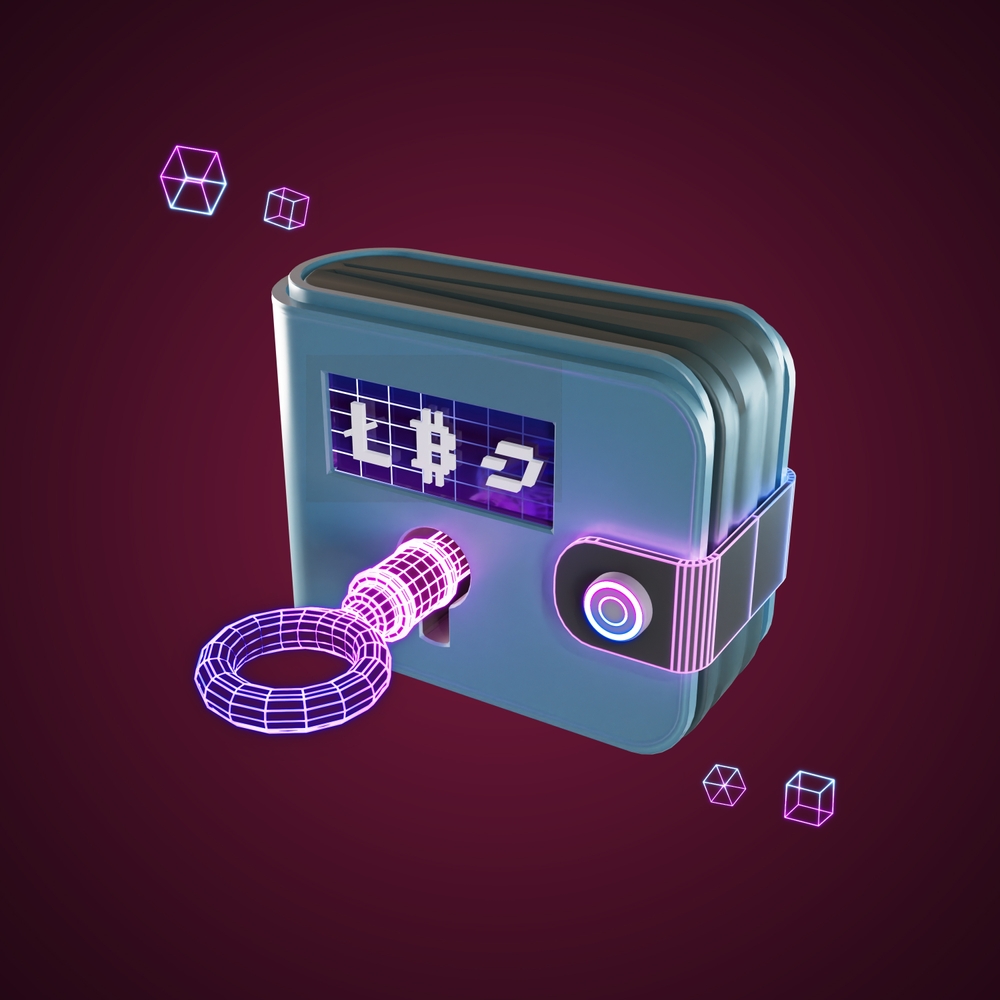
Picture this: you check your crypto wallet one morning, only to find your funds have vanished without a trace. It’s a gut-wrenching scenario, but in the world of digital currencies, it’s a real risk. Over the years, I’ve seen too many people lose their assets because they overlooked simple security measures. The good news is that protecting your crypto doesn’t have to be complicated. With a few straightforward steps, you can safeguard your investments and keep your digital assets secure.
The Risks of Not Securing Your Crypto
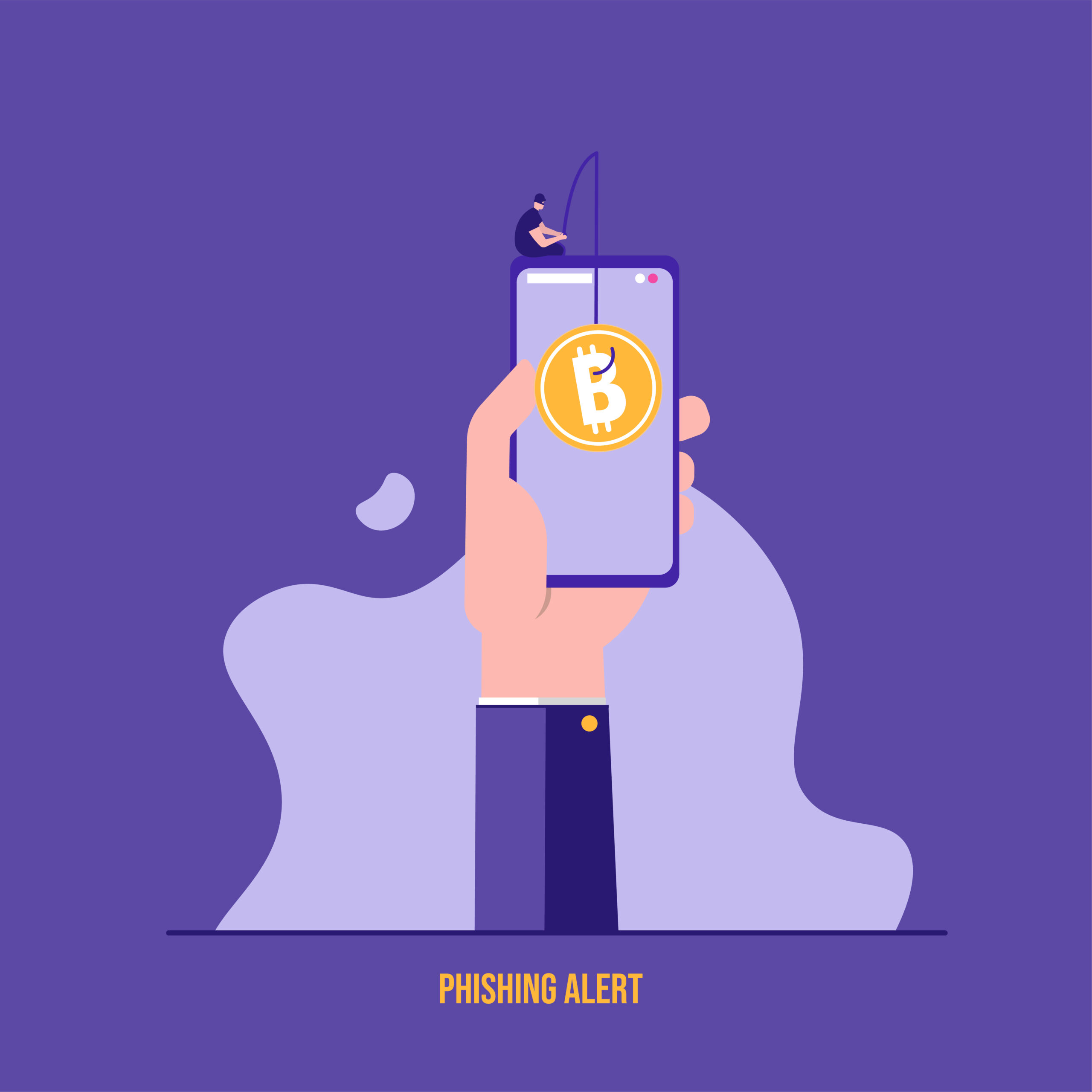
Cryptocurrencies open up a world of opportunities, but they also bring unique risks to the table. Without proper security measures, you could find yourself vulnerable to hackers, scams, or even simple mistakes that lead to significant losses.
How Vulnerabilities Can Occur
There are several common ways your crypto assets can be compromised:
- Phishing Attacks: Cybercriminals often use deceptive emails or websites to trick you into revealing your private keys or login credentials.
- Malware: Malicious software can infect your devices, allowing hackers to access your wallets and steal your crypto.
- Unsecured Internet Connections: Using public Wi-Fi or unsecured networks can expose your data to prying eyes, increasing the risk of interception.
The Impact of Security Breaches
Real-life examples highlight just how devastating security breaches can be:
- In 2018, cryptocurrency investor Michael Terpin lost approximately $24 million due to a SIM swap attack, where hackers took control of his phone number to access his accounts.
- The infamous Mt. Gox incident in 2014 saw 850,000 Bitcoins stolen from the exchange, leading to significant losses for users.
- In 2020, hardware wallet provider Ledger experienced a data breach exposing customer information, which led to targeted phishing scams against users.
The consequences aren’t just financial; they can also erode trust and deter people from further engaging with cryptocurrencies.
Understanding Cryptocurrency Wallets
Choosing the right wallet is the first step in securing your crypto.
Hot Wallets vs. Cold Wallets
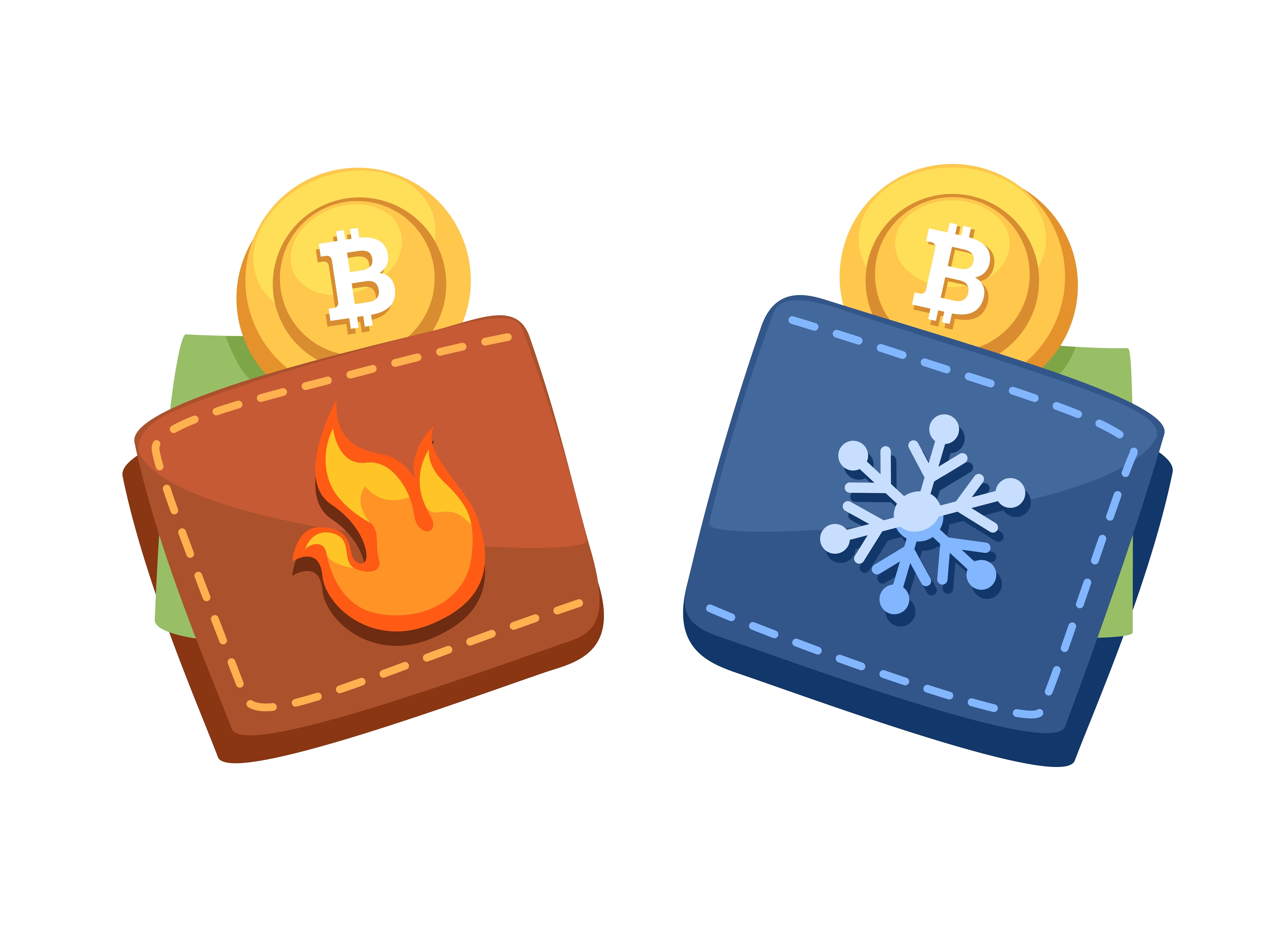
When I first got into crypto, I was overwhelmed by the different wallet choices. One of the biggest decisions is between hot wallets and cold wallets. Hot wallets are connected to the internet. They’re like the wallet in your pocket—great for quick access and everyday use. But just like carrying too much cash can be risky, storing large amounts of crypto in a hot wallet can expose you to hackers.
Cold wallets, on the other hand, are kept offline. Think of them as a secure safe in your home. Since they’re not connected to the internet, they’re much harder for cybercriminals to reach. The trade-off? They’re a bit less convenient for making quick transactions. But for storing significant amounts of crypto, the extra security can be well worth it.
Why Hardware Wallets Are the Safest Option
In the world of cold wallets, hardware wallets are often considered the gold standard. These are physical devices—like USB sticks—that store your private keys offline. Your private key is like the key to your safe, and keeping it offline means it’s out of reach from online thieves.
I can’t stress enough how important this is. I’ve heard too many stories of people losing their life savings because their online wallets were hacked. As the saying goes, “It’s better to be safe than sorry.” Hardware wallets add that extra layer of security that can give you peace of mind.
The Role of Paper Wallets
Paper wallets are another option for offline storage. They involve printing your public and private keys on a piece of paper. It’s a simple concept—if your keys aren’t stored digitally, hackers can’t access them. This method can be a low-cost way to secure your crypto.
However, paper wallets come with their own risks. Physical damage, loss, or even fading ink can make your funds inaccessible. I remember a fellow enthusiast who stored his crypto on a paper wallet, only to have it damaged in a minor house flood. That experience taught me that while paper wallets can be useful, they require careful handling and secure storage.
Choosing the right wallet depends on your needs and how you plan to use your crypto. Understanding the differences can help you make an informed decision that protects your investment.
But securing your crypto isn’t just about where you store it. It’s also about how you use it. Curious about the best practices that can safeguard your assets even further? Let’s uncover those next.
Best Practices for Securing Your Crypto Assets
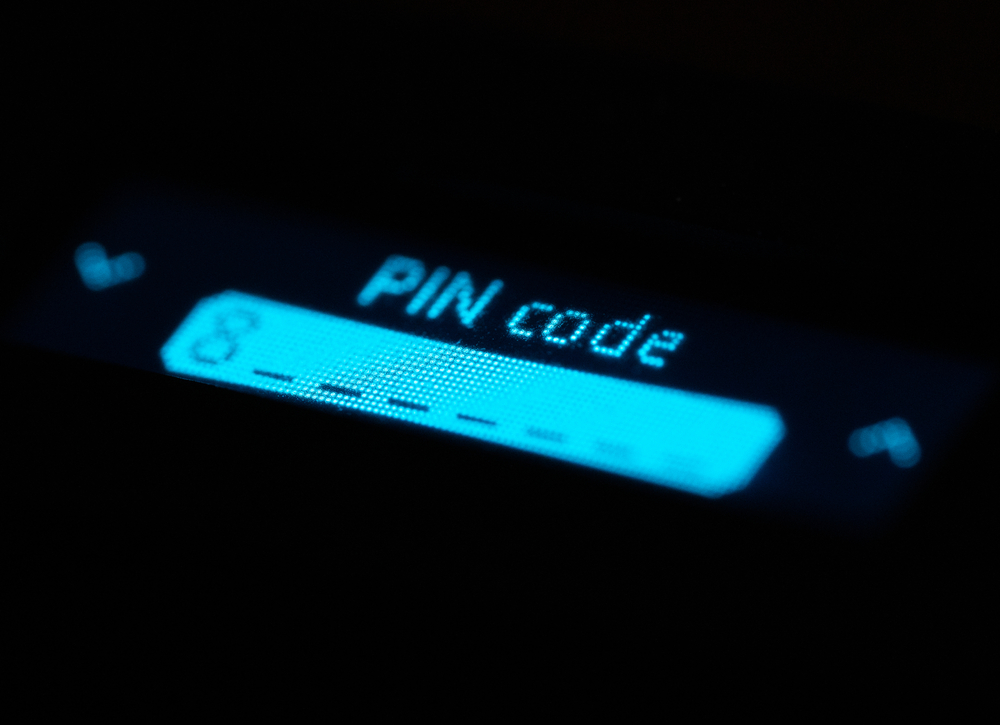
I’ve learned that the little things we do can make a big difference in keeping our cryptocurrency safe. Let’s talk about some simple habits that can strengthen your security and give you peace of mind.
Use Strong and Unique Passwords
Have you ever reused the same password across different platforms? I used to, and it’s a risky move. Creating strong and unique passwords for each of your accounts is crucial. Here’s why:
- Complexity Matters: Use a mix of uppercase and lowercase letters, numbers, and symbols.
- Avoid the Obvious: Steer clear of easily guessable passwords like “password123” or your birthdate.
- Don’t Reuse Passwords: If one account is compromised, reusing passwords puts all your other accounts at risk.
Consider using a reputable password manager to help generate and store your passwords securely. It might seem like a hassle at first, but it’s a strong line of defense against unauthorized access.
Enable Two-Factor Authentication (2FA)
I’ve found that enabling Two-Factor Authentication adds an essential layer of security. 2FA requires you to provide two forms of verification before accessing your account—usually something you know (your password) and something you have (a code sent to your phone).
- Extra Protection: Even if someone gets your password, they can’t access your account without the second factor.
- Easy to Set Up: Most platforms offer 2FA options through authenticator apps or SMS codes.
- Peace of Mind: It reduces the risk of unauthorized transactions and potential losses.
Implementing 2FA is like adding a security alarm to your house—it makes unauthorized entry much more difficult.
Keep Your Software Updated
I know how tempting it is to click “Remind me later” when an update pops up, but keeping your software up to date is vital. Updates often include patches for security vulnerabilities that hackers could exploit.
- Wallets: Regularly update your cryptocurrency wallets to the latest versions.
- Devices: Keep your computer and mobile devices’ operating systems current.
- Security Software: Update antivirus and anti-malware programs to protect against the latest threats.
Staying updated ensures you’re protected against known vulnerabilities. It’s a simple step that can prevent significant problems.
Be Wary of Phishing Attempts
Phishing scams are getting more sophisticated, and I’ve seen firsthand how convincing they can be. Scammers create fake emails or websites that look legitimate to trick you into revealing sensitive information.
- Check the Sender: Always verify the sender’s email address for authenticity.
- Avoid Suspicious Links: Don’t click on links or download attachments from unknown sources.
- Secure Websites: Ensure the website URL is correct and starts with https:// before entering any information.
“Trust, but verify.” – An old proverb that rings true in the digital age.
By staying alert, you can avoid falling victim to these deceptive tricks. Remember, legitimate organizations will never ask for your private keys or passwords via email.
Taking these steps might seem time-consuming, but they become second nature quickly. Plus, knowing your assets are secure is well worth the effort. But what about choosing the right wallet that fits your needs? Finding that balance between security and convenience is key, and we’ll look into that next.
Choosing the Right Wallet for Your Needs
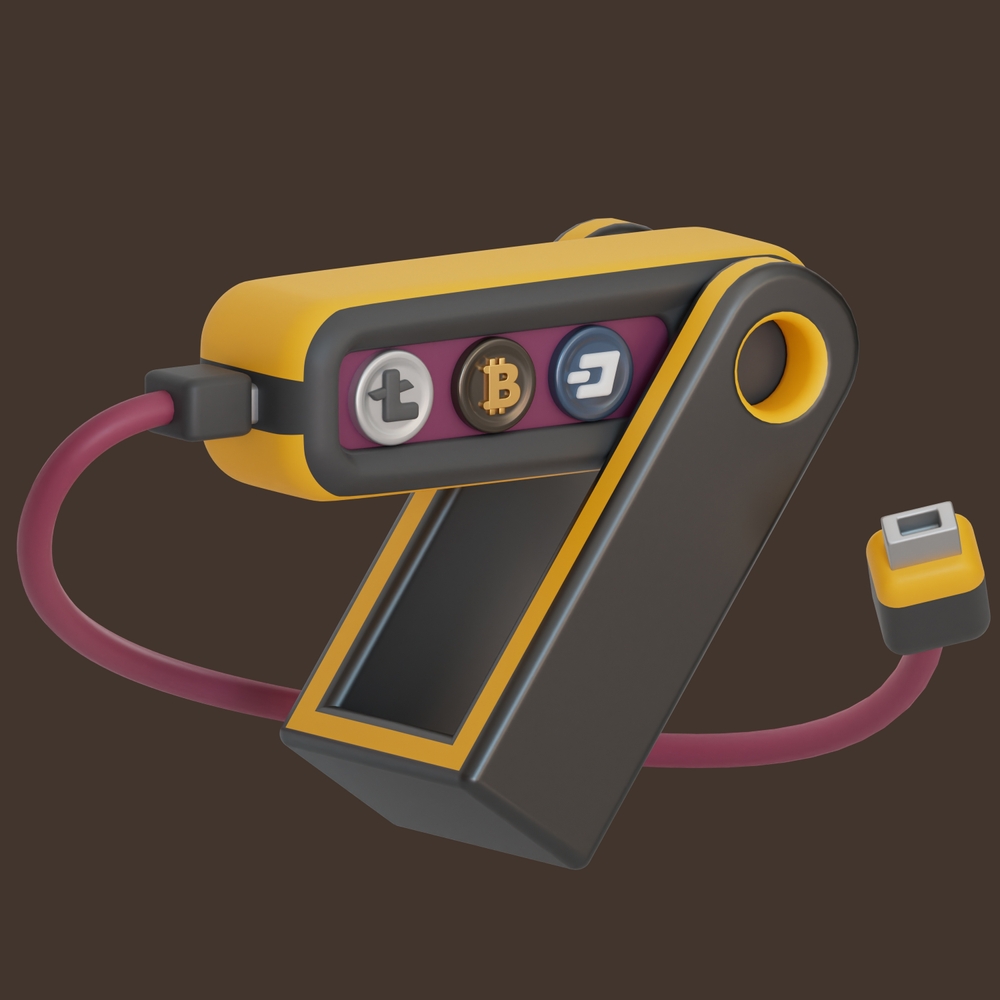
Not all crypto wallets are created equal, and picking the right one can make all the difference in securing your digital assets. It’s a bit like choosing between a backpack and a safe—you need the right tool for the job.
Assessing Security Features
When evaluating wallets, security features are paramount. Here’s what to look for:
- Encryption: Ensure the wallet encrypts your private keys and transaction data to protect against unauthorized access.
- Backup Options: Check if the wallet offers easy backup and restore functions. This can be a lifesaver if you lose your device.
- Open-Source Code: Wallets with open-source code allow the community to inspect and audit for vulnerabilities, adding an extra layer of trust.
As someone once said:
“Security is not a product, but a process.”
In the world of crypto, this couldn’t be more true.
Balancing Security and Convenience
Finding the sweet spot between security and ease of use is key. If you’re actively trading, you might need quick access to your funds. But remember, convenience often comes with trade-offs.
Consider these questions:
- How frequently do I need to access my crypto?
- Am I comfortable with a bit more complexity for enhanced security?
For long-term storage, a hardware wallet (cold wallet) keeps your keys offline and away from online threats. For day-to-day transactions, a software wallet (hot wallet) on your phone or computer might be more practical. It’s all about what fits your routine.
Trusted Wallet Providers
Choosing a wallet from a reputable provider adds an extra layer of confidence. Look for providers known for their commitment to security and transparency. Factors to keep in mind include:
- User Reviews: What are other users saying about their experiences?
- Security Record: Has the provider had any past security issues, and how were they addressed?
- Community Engagement: Are they active in the crypto community and responsive to feedback?
While I won’t list specific brands here, doing a bit of research can uncover wallets that align with your security needs.
Selecting the right wallet is a crucial step, but it’s just one part of securing your crypto journey. Ever thought about the risks and benefits of keeping your assets on an exchange?
Should You Keep Crypto on Exchanges?
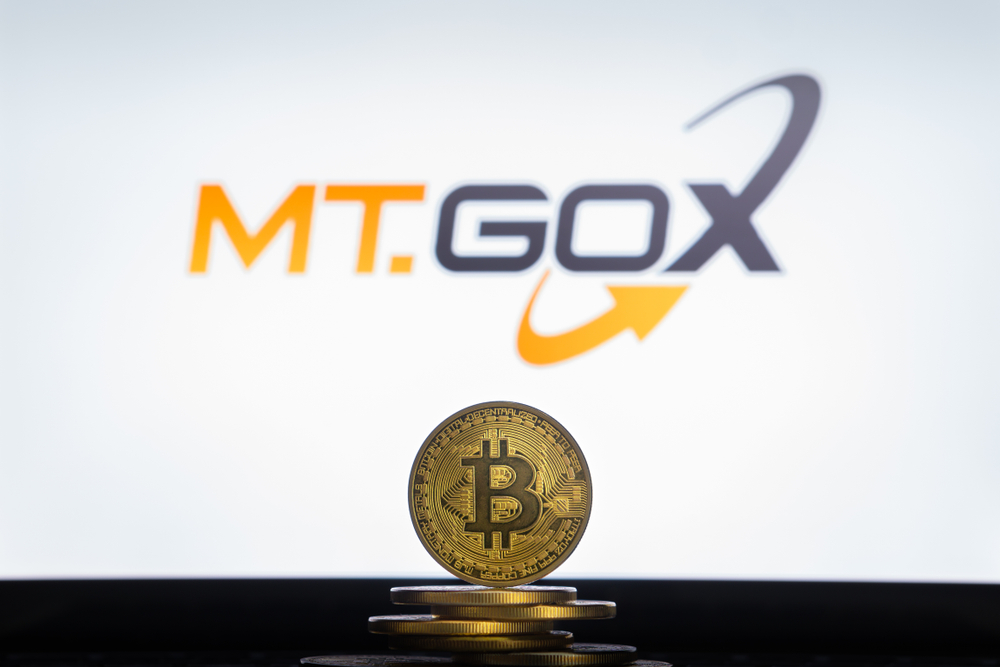
You know that feeling when you finally buy some cryptocurrency and see it sitting in your exchange account? It’s exciting, right? But have you ever wondered if that’s the safest place for your digital assets? Let’s take a look at what it really means to store your crypto on exchanges.
The Risks of Storing Crypto on Exchanges
Leaving your crypto on an exchange might seem convenient, but it comes with significant risks. Exchanges can be prime targets for hackers, and history has shown that even the biggest platforms aren’t immune.
Remember the Mt. Gox disaster? Back in 2014, this major exchange was hacked, and around 850,000 bitcoins were stolen. Thousands of users lost their funds overnight. It’s a harsh reminder that when you keep your crypto on an exchange, you’re essentially trusting someone else with your assets.
Not only hacks but also technical issues or even regulatory problems can lock you out of your funds. Just imagine waking up one day to find out that the exchange has frozen withdrawals or, worse, shut down completely.
“Not your keys, not your coins.”
This popular saying in the crypto community hits home. If you don’t control the private keys, you don’t truly own your crypto.
When Keeping Crypto on an Exchange Makes Sense
Now, I’m not saying you should never keep any funds on an exchange. If you’re actively trading, it might be practical to have some crypto readily available. Speed is crucial in trading, and exchanges provide the liquidity and immediate access you need to execute quick trades.
For small amounts or short-term holding, the convenience might outweigh the risks. It’s all about understanding your needs and the potential dangers.
Best Practices for Exchange Storage
If you decide to keep some crypto on an exchange, there are ways to minimize risks:
- Only keep what you need for trading: Transfer any excess funds to a secure wallet that you control.
- Enable two-factor authentication (2FA): Add an extra layer of security to your exchange account.
- Choose reputable exchanges: Use platforms with strong security measures and a solid track record.
- Stay alert: Regularly monitor your account and be cautious of phishing attempts or suspicious activities.
By taking these precautions, you can reduce the risks while enjoying the benefits of trading on exchanges.
But is that enough to keep your crypto safe? There’s more to explore when it comes to securing your digital assets, and I’m excited to share some valuable resources with you in the next section.
Additional Resources to Enhance Your Crypto Security
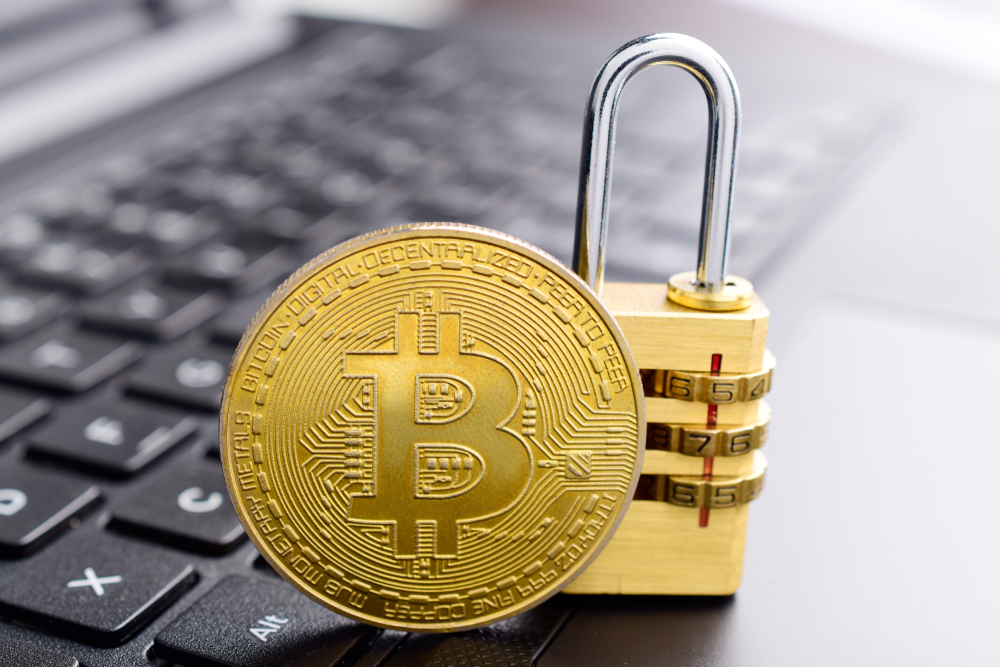
I’ve learned over the years that staying informed is one of the best ways to keep my crypto assets safe. The landscape is always shifting, and new threats can emerge at any time. That’s why I want to share some resources that have helped me, and I believe they’ll be valuable to you as well.
Staying Informed
The crypto world moves fast, and what was secure yesterday might not be secure today. I make it a habit to regularly check reputable news sources and follow updates from trusted experts in the field. Subscribing to newsletters, following influential figures on social media, and reading up on the latest security trends can make a big difference.
Joining the Community
One of the best ways to learn is by engaging with others who share your interests. Online forums and communities like Reddit’s r/CryptoCurrency or BitcoinTalk are great places to ask questions, share experiences, and stay updated on what’s happening in the crypto space. I’ve found that being part of these communities not only keeps me informed but also helps me stay alert to new threats.
Remember, you don’t have to navigate this journey alone. There are countless others just like you and me who are eager to share their knowledge and help each other stay safe.
But staying informed is just one piece of the puzzle. How can you take control of your crypto security and make sure you’re doing everything you can to protect your investments? In the next part, we’ll look at practical steps you can start implementing today to secure your assets for the future.
Taking Control of Your Crypto Security
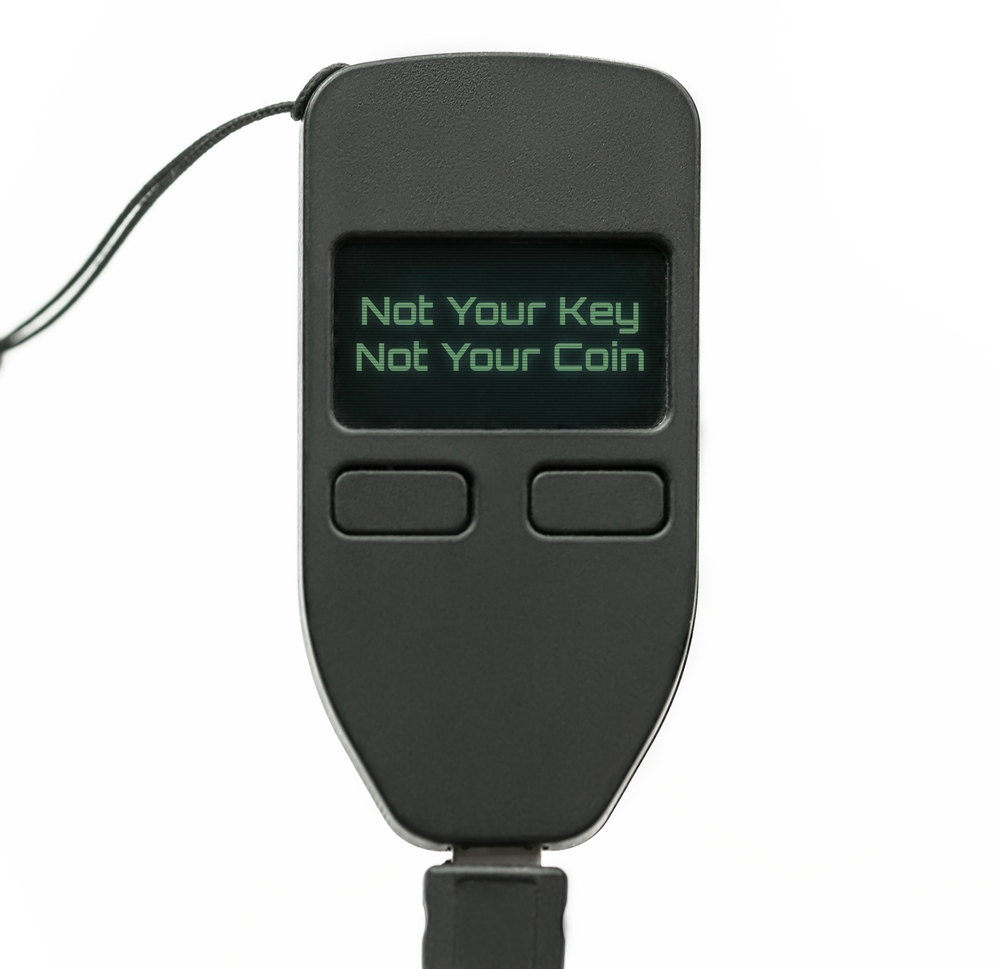
Your cryptocurrency investments are more than just numbers on a screen—they represent your hard-earned money and your trust in this innovative technology. Securing them isn’t just a one-time task; it’s an ongoing commitment. But the good news is, the steps to protect your assets are straightforward, and you can start implementing them right away.
Start Implementing These Practices Today
If there’s one thing I’ve learned in my years in the crypto world, it’s that procrastination can be costly. Security threats don’t wait, and neither should you. Take a moment today to set up two-factor authentication on your accounts, create strong, unique passwords, or consider investing in a hardware wallet. Each small action builds a stronger shield around your assets.
Stay Vigilant and Informed
The crypto landscape is always evolving. New coins emerge, technologies advance, and unfortunately, scammers find new tactics. Staying informed is your best defense. Keep up with the latest news, follow trusted sources, and don’t hesitate to ask questions in crypto communities. Knowledge is power, and in this space, it can save you from unnecessary losses.
Protecting Your Investments for the Future
Think of your crypto security measures as an investment in peace of mind. By taking control now, you’re not just safeguarding your current assets but also setting the foundation for future growth. Whether crypto is a part of your retirement plan, a means to financial freedom, or simply a fascinating hobby, protecting it ensures that it’s there for you when you need it.
Remember, I’m here with you on this journey. We’ve all made mistakes and learned along the way, but by taking proactive steps, we can navigate the crypto world safely and confidently. Let’s make security a priority together.
